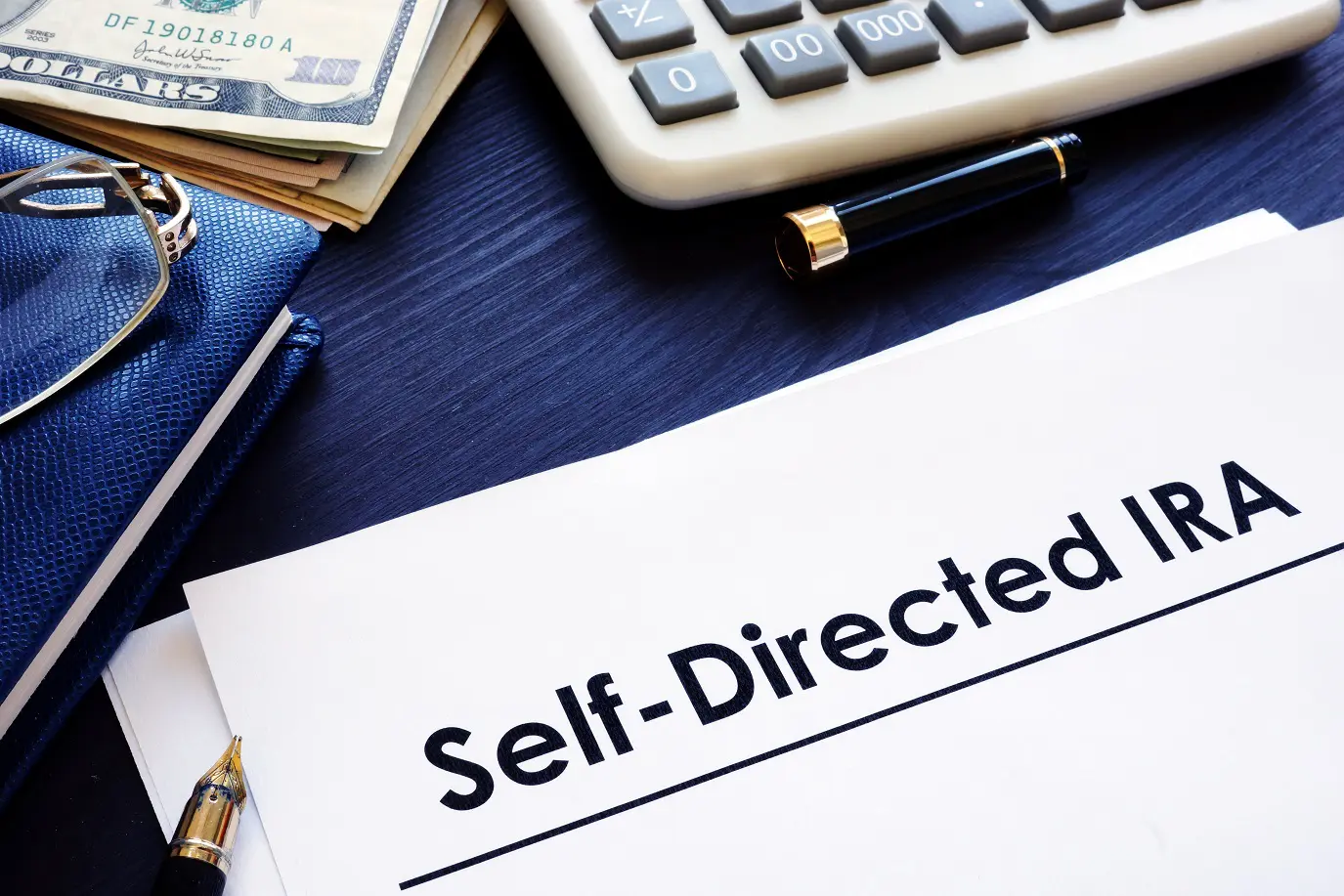Grasping the Concept of Self-Directed Plans
Fundamentally, self-directed plans are a type of retirement account where, unlike traditional plans overseen by fund managers or administrators, the participant holds the reins over their investment choices. The self-directed retirement plan lets you invest in alternative investments. Alternative assets typically do not fit into the conventional equity/income/cash categories. Generally they are non-market-correlated assets like private equity or venture capital, hedge funds, real property, commodities, and tangible assets are all examples of alternative investments.
This self-directed approach enables individuals to tailor their investment portfolio, aligning it meticulously with their personal financial goals, risk tolerance, and investment acumen.
The Allure of Self-Direction
1. Customization: Foremost, the ability to customize investment portfolios is a major draw of self-directed plans. Contrary to conventional retirement plans with limited investment options, self-directed plans broaden the horizon, encompassing a diverse array of choices such as real estate, precious metals, and private market securities.
2. Control: Moreover, self-direction places significant control in the participant’s hands. This aspect is particularly enticing for those who possess a deep interest in alternative financial markets and desire to actively steer their retirement savings.
3. Diversification: Furthermore, the extended range of investment options facilitates portfolio diversification, potentially mitigating risk and enhancing returns.
Deliberations Before Committing
However, diving into self-directed plans requires careful contemplation. Key considerations include:
– Knowledge and Experience: Importantly, effective self-management of these plans demands a robust understanding of investment principles and market dynamics. Without this, participants might find the task daunting.
– Time Investment: Additionally, actively managing a self-directed plan is often time-intensive. Regular monitoring and adjustments are essential to ensure alignment with investment goals.
– Risk Management: Concurrently, greater control entails heightened responsibility in risk management and understanding the nuances of investment choices.
Navigating the Self-Directed Terrain
For those contemplating a self-directed plan, beginning with comprehensive research and seeking advice from financial experts is advisable. Equally crucial is understanding the regulations, tax implications, and contribution limits associated with these accounts.
In Conclusion: A Route to Tailored Investing
To sum up, self-directed plans provide a route toward personalized investing, granting participants the liberty to craft a retirement portfolio that echoes their unique financial aspirations. While not universally suitable, these plans can be an invaluable asset for those equipped with the interest, knowledge, and time for hands-on investment management.
In essence, self-directed plans symbolize the growing trend of financial autonomy in investment, offering an active, hands-on approach to retirement planning for the proactive investor. Learn more by reaching out to uDirect IRA Services for a free 20-minute consultation today! info@uDirectIRA.com

